Hong Kong has been consistently ranked among the top cities for the quality of its public transport. However , there has been a steady increase in private vehicle ownership over many years resulting in a higher number of cars on the streets and increased congestion , slowing buses and making them less efficient. Some much needed extensions to the public transportation network have been delayed, as have steps to introduce stronger measures to reduce roadside emissions. Part of the difficulty, including in rationalising bus routes, revolves around how District Councils are asked to be part of improving transport. The number of electric vehicles is also limited, as there is insufficient policy support for adequate charging stations. That may be changing with recent government commitments to additional EV charging throughout the city.
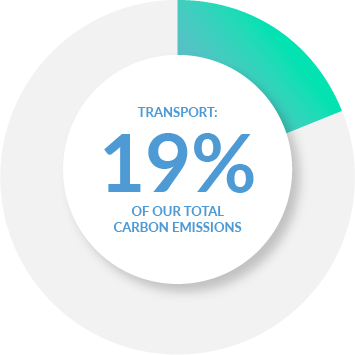
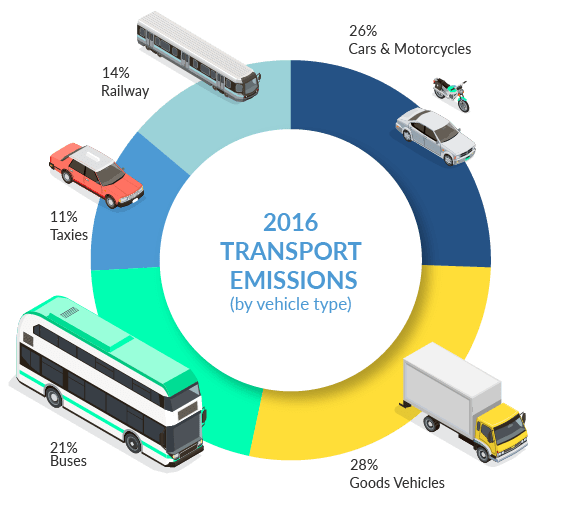
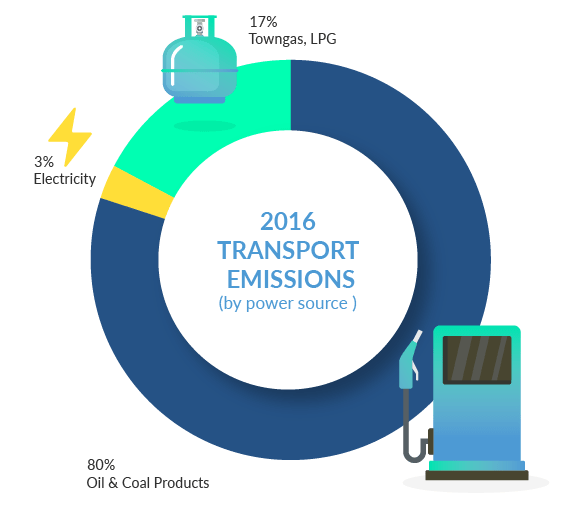
Use ‘Avoid, Shift, Improve’ thinking to lower carbon emissions from mobility. Of these Avoid can have the biggest impact, followed by Shift with Improve being a useful but less significant option.
Avoid stands for ‘Avoiding Journeys’. For example:
1. Better town planning can reduce travel from home to work or school.
2. Town planning also needs to be reconceptualised towards a more transit-friendly, pedestrian-friendly and bike-friendly design.
3. Reducing stamp duty on owner-occupiers moving home in Hong Kong increases the chance they will move to be close to their work.
Shift covers ‘Shifting’ from more carbon emissions intensive to less carbon emissions intensive transport modes. For example, from private cars to buses; or, from buses to the MTR. Policies are needed to disincentivise dependence on private vehicles, such as by increasing taxation and introducing electronic road pricing, while at the same time offering concessions to encourage the use of public transport.
Improve covers ‘Improving’ a given mode of transport. For example using biodiesel available from waste in Hong Kong and switching from petrol to electric or hydrogen-fuel-cell vehicles.

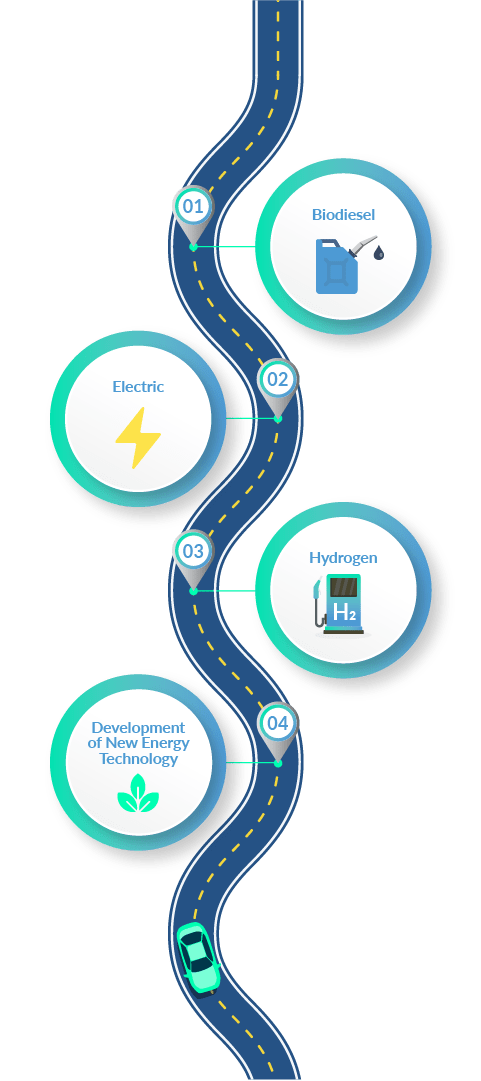

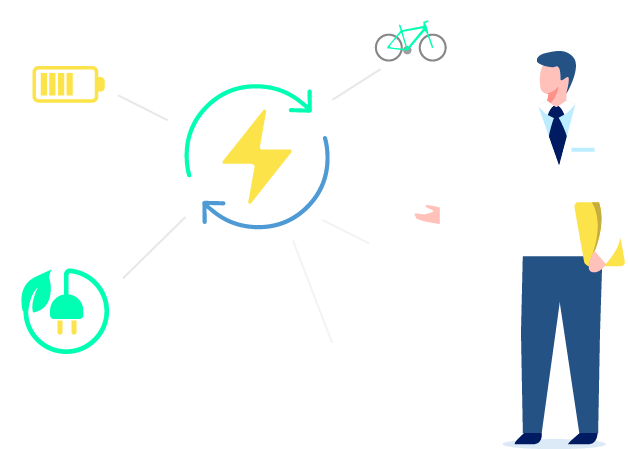
Create a road map to improve transportation infrastructure and financially incentivise the public to shift to low carbon transportation methods.

Actively apply for government funding under the Pilot Green Transport Fund to shift to more sustainable transportation options.
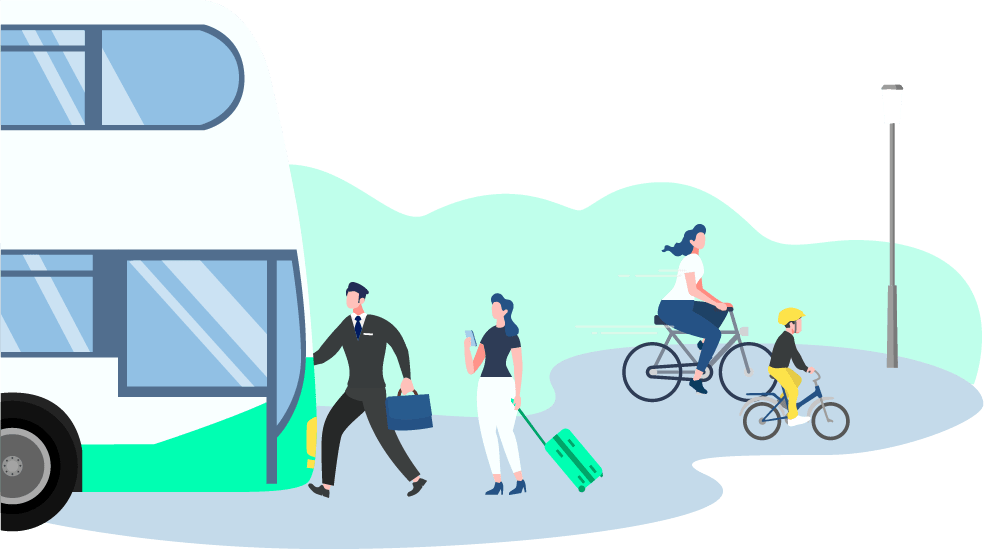
Actively choose to take public transport over taking private vehicles.
To champion and accelerate solutions to the climate crisis, we have highlighted local organisations and showcased how their works have contributed to making Hong Kong a cleaner and greener city.
See All ChampionsJust as walking on sand leaves a footprint, burning fuel for human activity leaves greenhouse gases in the air, creating a carbon footprint. Everything we have, use, and consume, from food to clothes to transportation, is intimately linked to Hong Kong’s overall emissions figure.
According to WWF, if everyone on Earth led the same lifestyle as we do in Hong Kong, 4.2 Earths would be required to fulfil our resource need.